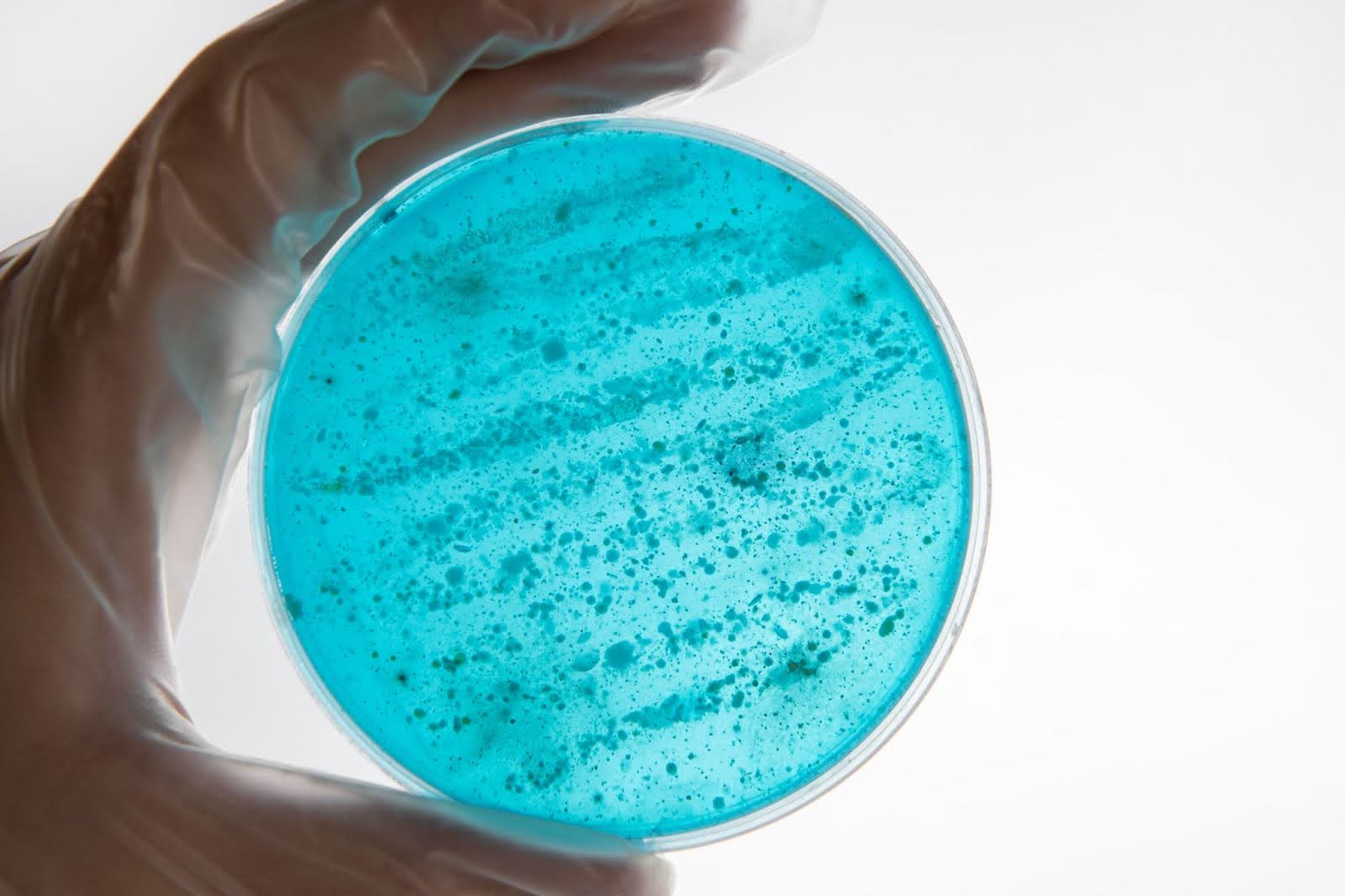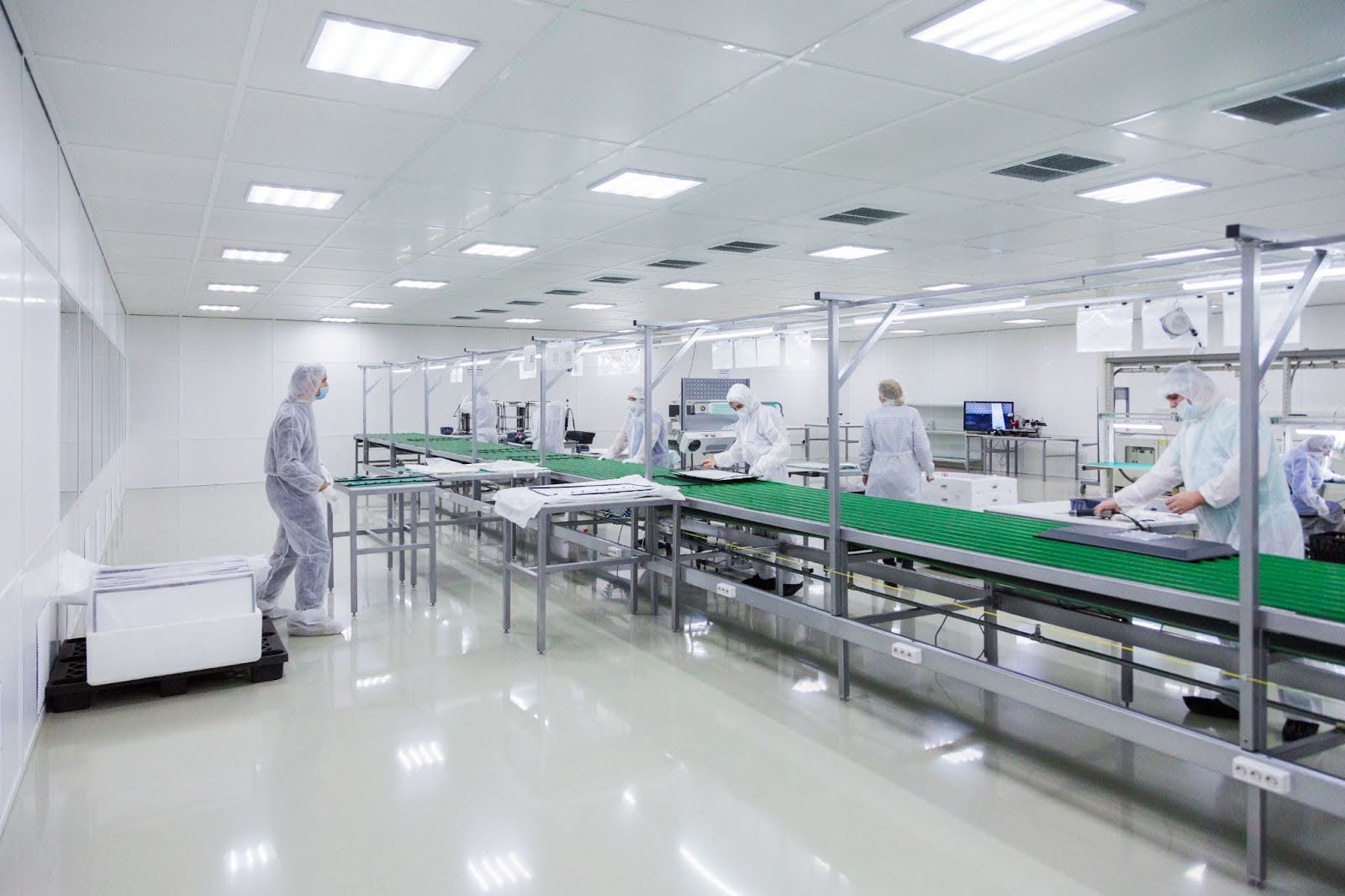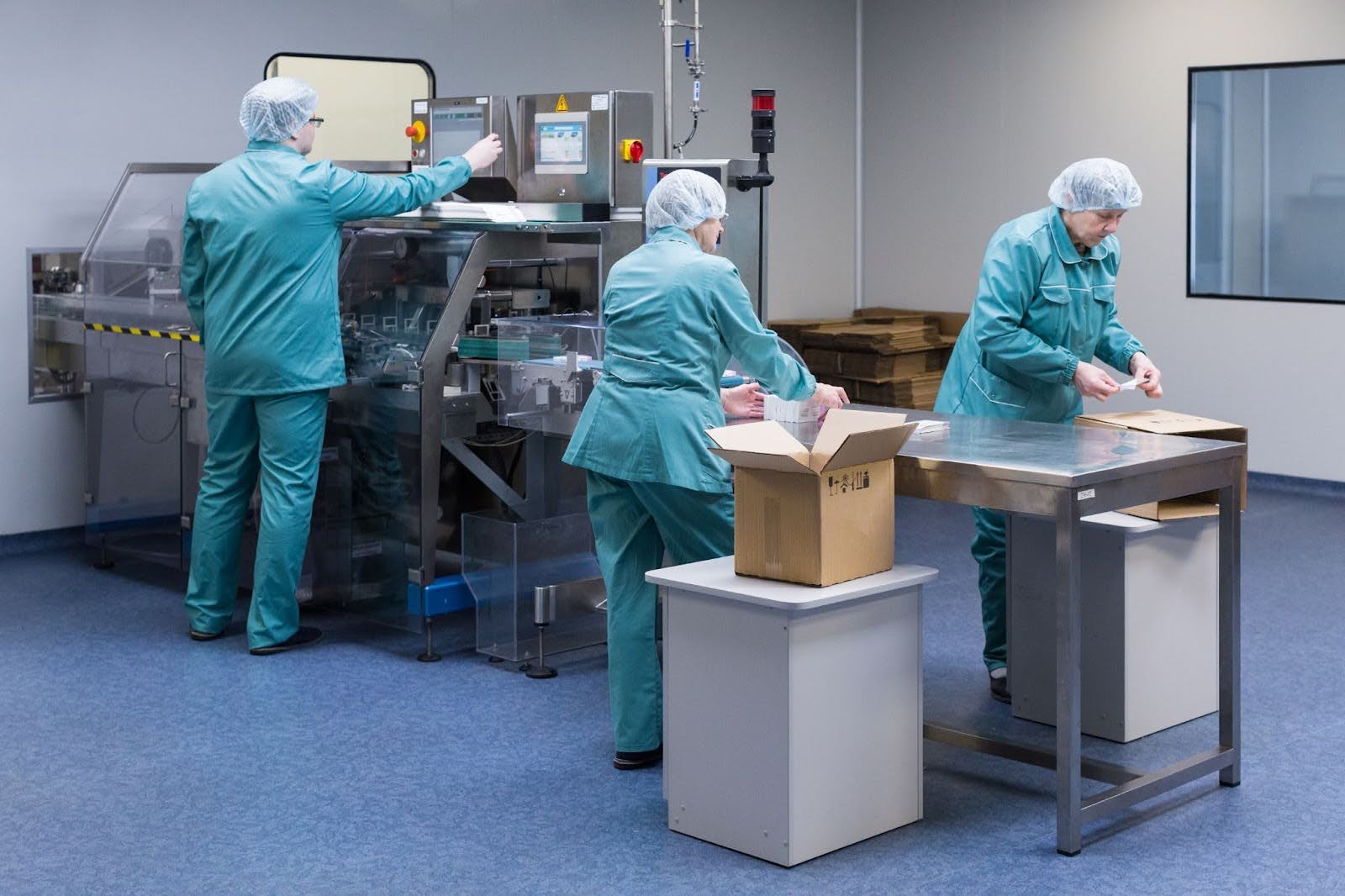by Mrudula Kulkarni
7 minutes
ISO 14644 Cleanroom Classes for Pharma (with EM Implications)
Learn ISO 14644 cleanroom classes for pharma and their impact on environmental monitoring, compliance, and contamination control.

Imagine you’re in a sterile filling suite, watching vials move along the line. The gowning is immaculate, the air is still, and every step is carefully choreographed. But behind this calm surface lies a battle you can’t see—the fight against invisible particles and microbes.
That’s where ISO 14644 cleanroom standards come in. For pharma professionals, this is more than just a number on a certificate—it’s the framework that decides whether life-saving medicines remain sterile and safe for patients.
And here’s the twist: cleanroom classes are not only about design, but also about how you monitor, trend, and respond to environmental data. In short—ISO 14644 meets Environmental Monitoring (EM).
Let’s dive into what it means, why it matters, and how you can put it into practice.
What is ISO 14644?
ISO 14644 is the international standard for cleanroom classification. Instead of vague terms like “clean” or “ultra-clean,” it quantifies air cleanliness based on the number of particles per cubic meter.
For pharma, this standard aligns closely with EU GMP Annex 1 and FDA aseptic guidance. Together, they form the rulebook for sterile manufacturing environments.
Think of it as the “Google Maps” of cleanroom design—it tells you where you are, but the real challenge is how you use that information to navigate operations safely.
ISO 14644 Cleanroom Classes: Pharma Perspective
Here’s a quick breakdown of classes relevant to pharma:
👉 Fun fact: ISO Classes 1–4 are stricter than most pharma needs—they’re typically used in semiconductor and nanotech industries.
Why Environmental Monitoring (EM) Is the Real Game-Changer
Having the right cleanroom class is step one. Step two? Proving every single day that your room is staying in control.
This is where Environmental Monitoring (EM) comes in. Regulators don’t just want a certificate from your cleanroom vendor—they want data.
EM Implications by Grade
- ISO 5 / Grade A (Critical zones)
- Continuous particle monitoring is a must.
- EM methods: Active air samplers, settle plates, contact plates, particle counters.
- A single deviation can halt a batch.
- ISO 7–8 / Grade B & C (Background areas)
- Scheduled EM based on risk assessment.
- Prevent contamination “migration” into Grade A.
- ISO 9 / Grade D (Support areas)
- Less frequent EM but still required.
- Acts as your cleanroom “buffer zone.”
Case Example: Why Trending Matters
A sterile injectables company once noticed an increase in CFU counts in their Grade B area. Individually, none of the results breached action limits. But when trended, a slow rise became visible.
Because they caught it early, the team traced the issue to airflow imbalance near the pass-through hatch. Corrective action prevented potential contamination in Grade A zones.
👉 Lesson: Trending small signals can save millions—and more importantly, protect patients.
Key Challenges with ISO 14644 in Pharma
Even seasoned professionals struggle with these five issues:
- Interpreting particle data – knowing what’s a true excursion vs. instrument noise.
- Setting alert/action limits – aligning ISO data with GMP microbiological expectations.
- Real-time monitoring gaps – especially during interventions.
- Data overload – lots of EM data, but not always meaningful insights.
- Cross-functional buy-in – QA may see EM as vital, but Ops teams see it as disruption.
A Handy Checklist for Cleanroom & EM Compliance
Here’s a quick tool you can use for your facility:
✅ Map your cleanroom ISO classes to GMP grades.
✅ Define alert & action levels (don’t just rely on Annex 1 tables—use your historical data).
✅ Ensure continuous monitoring in ISO 5 zones.
✅ Review EM results at least monthly for trending.
✅ Link EM deviations to root-cause analysis and CAPA.
✅ Involve operations staff in EM discussions—it’s their environment too.
Why It Matters More Than Ever
Pharma is shifting toward biologics, ATMPs, and personalized medicine. These therapies are fragile, high-value, and produced in smaller lots. That means one cleanroom slip could wipe out an entire batch worth millions.
ISO 14644 isn’t just about compliance—it’s about building trust. Every time a patient receives an injectable or biologic therapy, they trust that the cleanroom, operators, and systems did their job.
FAQs
Q1. How often should cleanrooms be classified under ISO 14644?
At least every 6 months for critical cleanrooms (ISO 5 / Grade A).
Q2. What’s the difference between ISO 14644 and EU GMP Annex 1?
ISO 14644 = particle classification.
Annex 1 = adds microbial, gowning, and operational rules tailored to pharma.
Q3. Do all cleanroom areas need continuous monitoring?
No. Continuous monitoring is mandatory in ISO 5 / Grade A during operations. Other grades follow periodic, risk-based monitoring.
Q4. Can alert levels be lower than action levels?
Yes. Alerts serve as early warnings, while actions trigger formal investigation. Both are critical to trend analysis.
Q5. How does ISO 14644 affect EM strategy?
It sets the baseline particle requirements. Your EM program then layers microbial monitoring, trending, and CAPA on top
Final Takeaway:
ISO 14644 sets the stage, but your EM strategy writes the story. By combining cleanroom classes with intelligent monitoring, trending, and teamwork, pharma professionals can ensure not just compliance—but patient safety and industry leadership.




